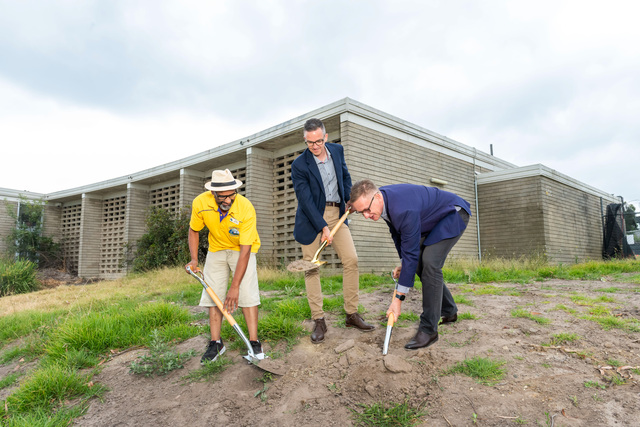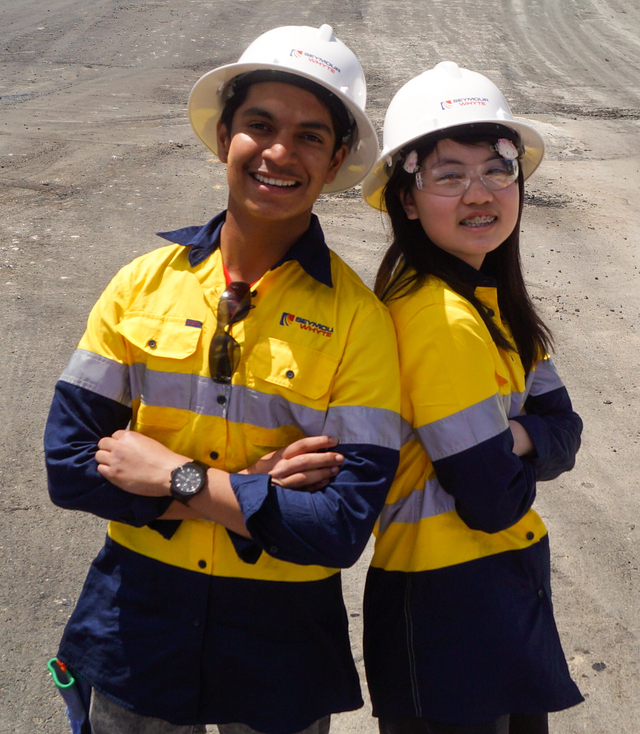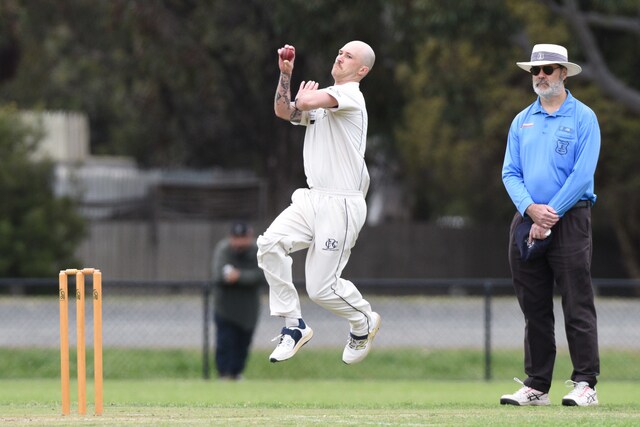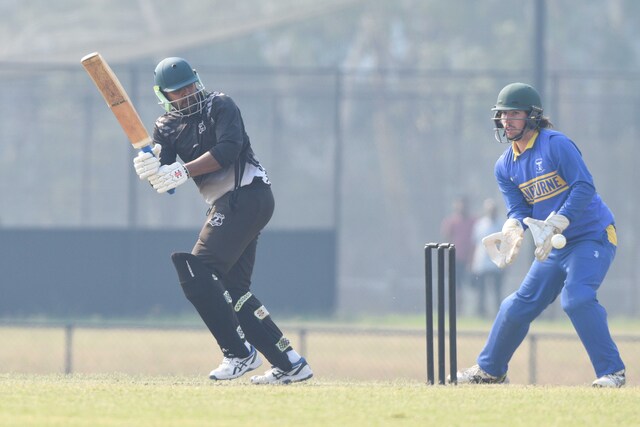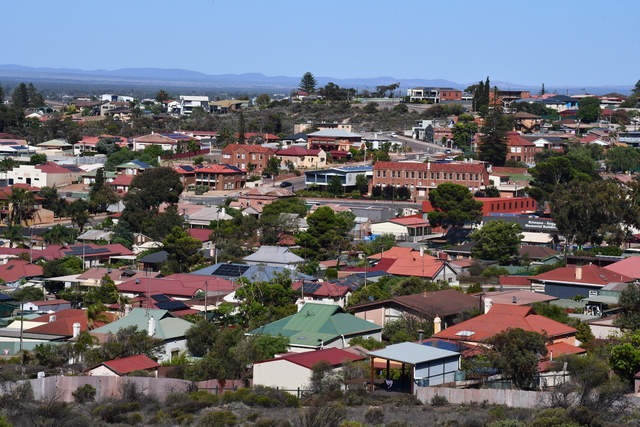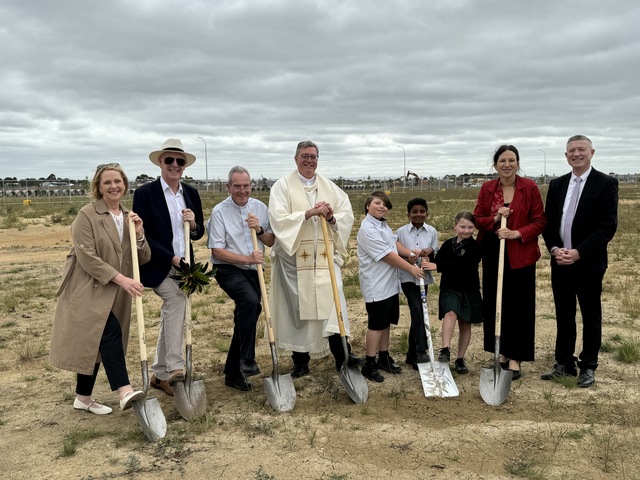Beaconhills College looks to be at the forefront of sustainability with it’s newest Green Report outlining a future of self-sufficiency.
The report provides a snapshot of the College’s work in the areas of resource use such as solar power, waste and water management, along with sustainable development of buildings and grounds.
The College has around 3000 students and 500 staff, with campuses in Berwick and Pakenham. It aims to break sustainable milestones to become one of the leading green schools in the nation.
Beaconhills is already one of Australia’s largest solar powered schools, with 1MW of solar panels across both campuses producing well over half of its energy needs.
With plans for more solar installations and battery storage systems underway, the College hopes to be off-grid within the next few years.
Business Manager David Young said despite low rebates, the College receives $25,000 annually through electricity generated and fed into the grid.
“By harnessing all solar-generated power through battery use, we estimate potential savings of $94,000 yearly on energy bills,” Mr Young said.
Other key achievements include:
• a new Years 7 and 8 Building designed from the ground-up with environmental features, including a 490-panel solar array, three underground water tanks storing 96,000 litres and LED smart lighting systems enabling daylight dimming and automatic shut-off
• eight vegetable gardens producing organic produce for the school canteens and food technology programs and educating students on food production, with surplus produce donated monthly to charity
• a large community vegetable garden with 10m greenhouse used for propagation
• a ban on single-use plastic items in canteens, replaced with paper straws, wooden cutlery and cardboard trays
• a procurement policy to purchase consumables from companies which highlight sustainability in their vision statement
• indigenous plantings across both campuses to support local wildlife populations, such as the endangered Growling Grass Frog.
Mr Young said student involvement was an important part of the College’s green vision.
For example, senior students studying VCE Industry & Enterprise have helped build garden beds, while a ‘Clean Team’ of Year 2 students collect and sort rubbish at lunchtimes in the school’s three-bin system; commingle recycling, compost and general waste.
“This demonstrates first-hand to students the effects of pollution in their own school and their personal contributions to responsible waste management,” Mr Young said.
‘Environment and sustainability’ is one of Beaconhills’ six key pillars of Learning That Matters.
“Our vision for sustainability is to embed programs and practices into students’ everyday lives to create lifelong sustainable values,” Mr Young said.
“Beaconhills College recognises the importance of becoming a sustainable school for the benefit of the Earth’s environmental health.
“We need to set an example to our students and the community to demonstrate that we are completely committed to protecting the opportunities and futures of our students.”
You can find the latest Green Report on the Environment and Sustainability page of the Beaconhills College website, beaconhills.vic.edu.au/learning/learning-that-matters/environment-sustainability/



